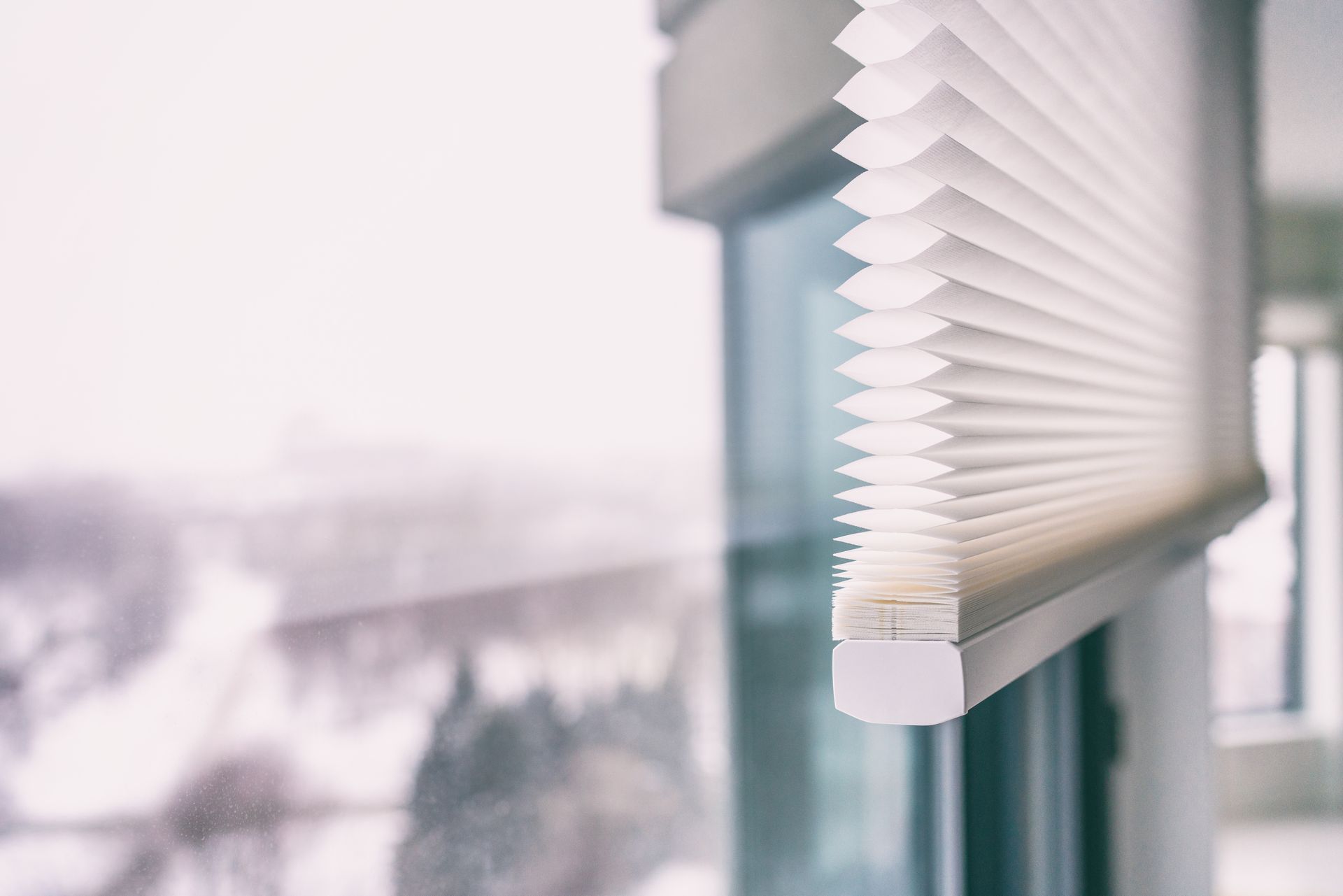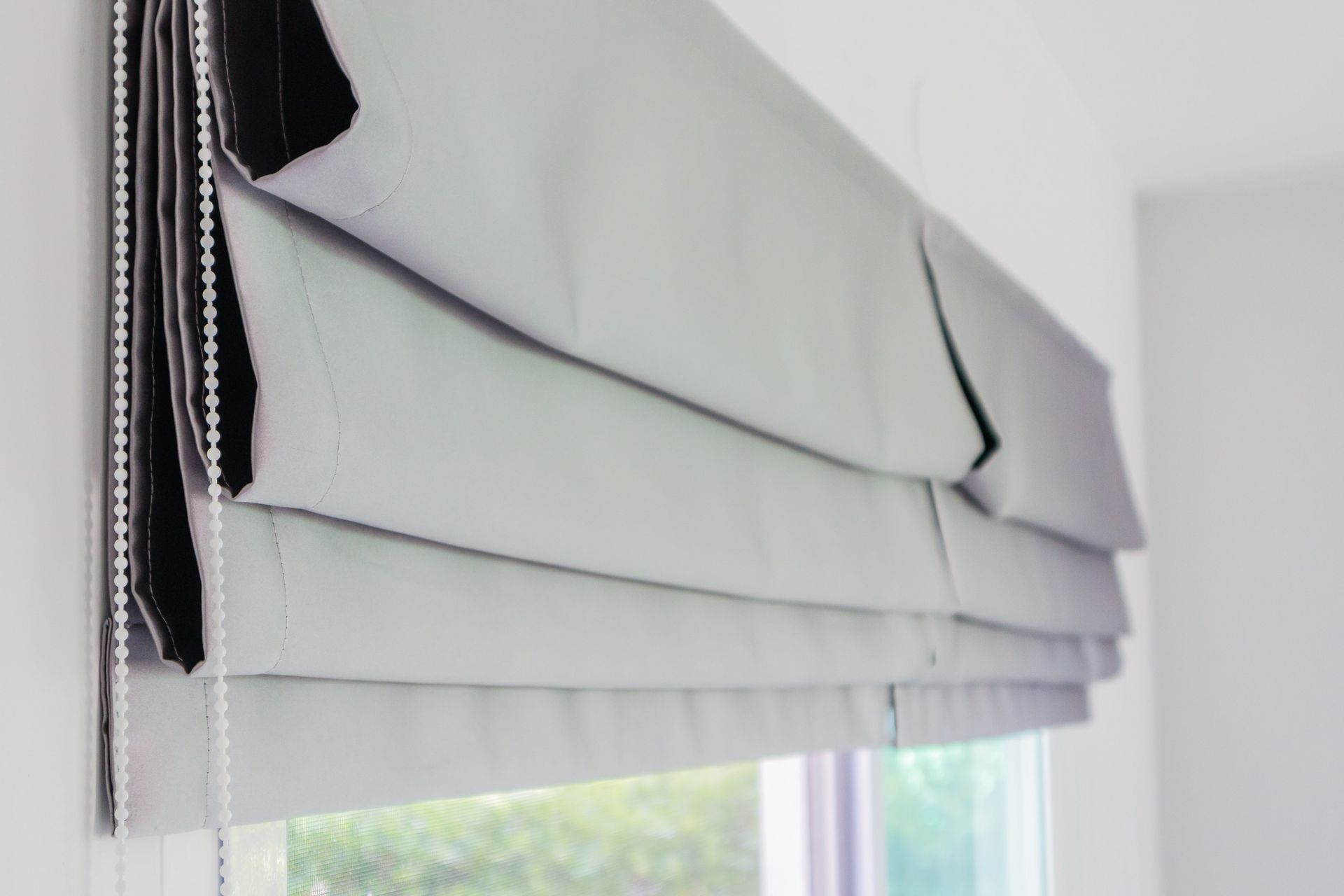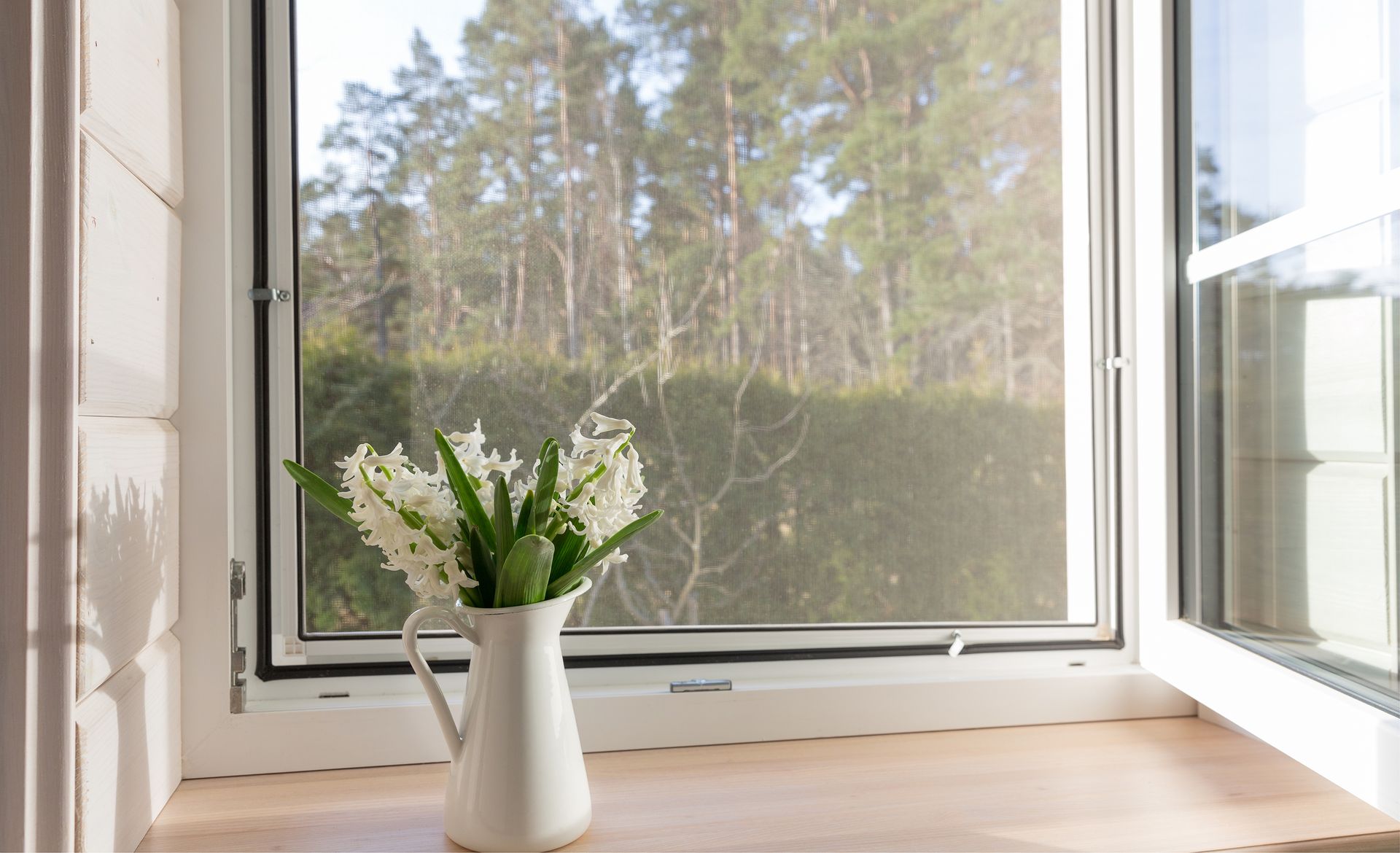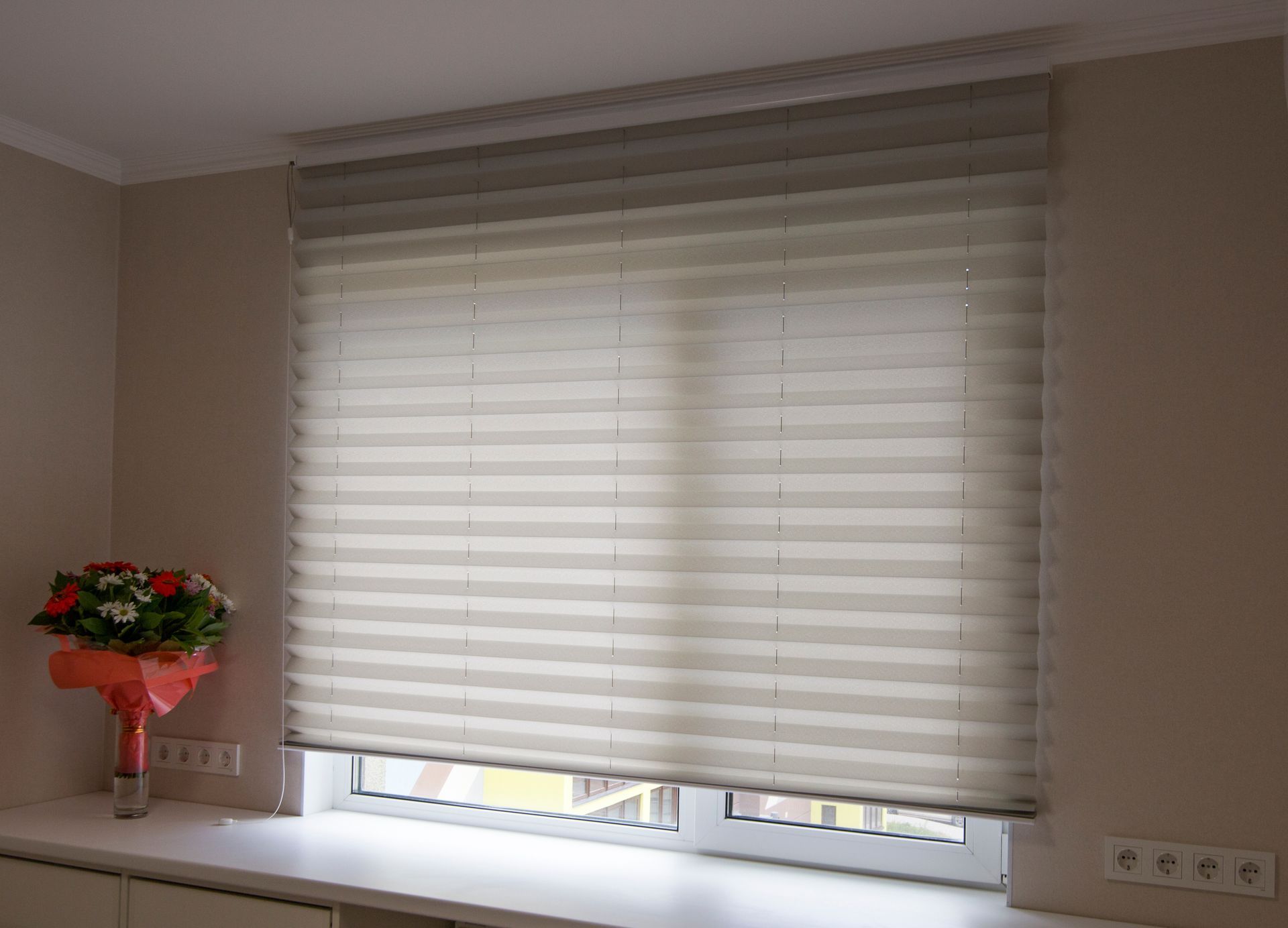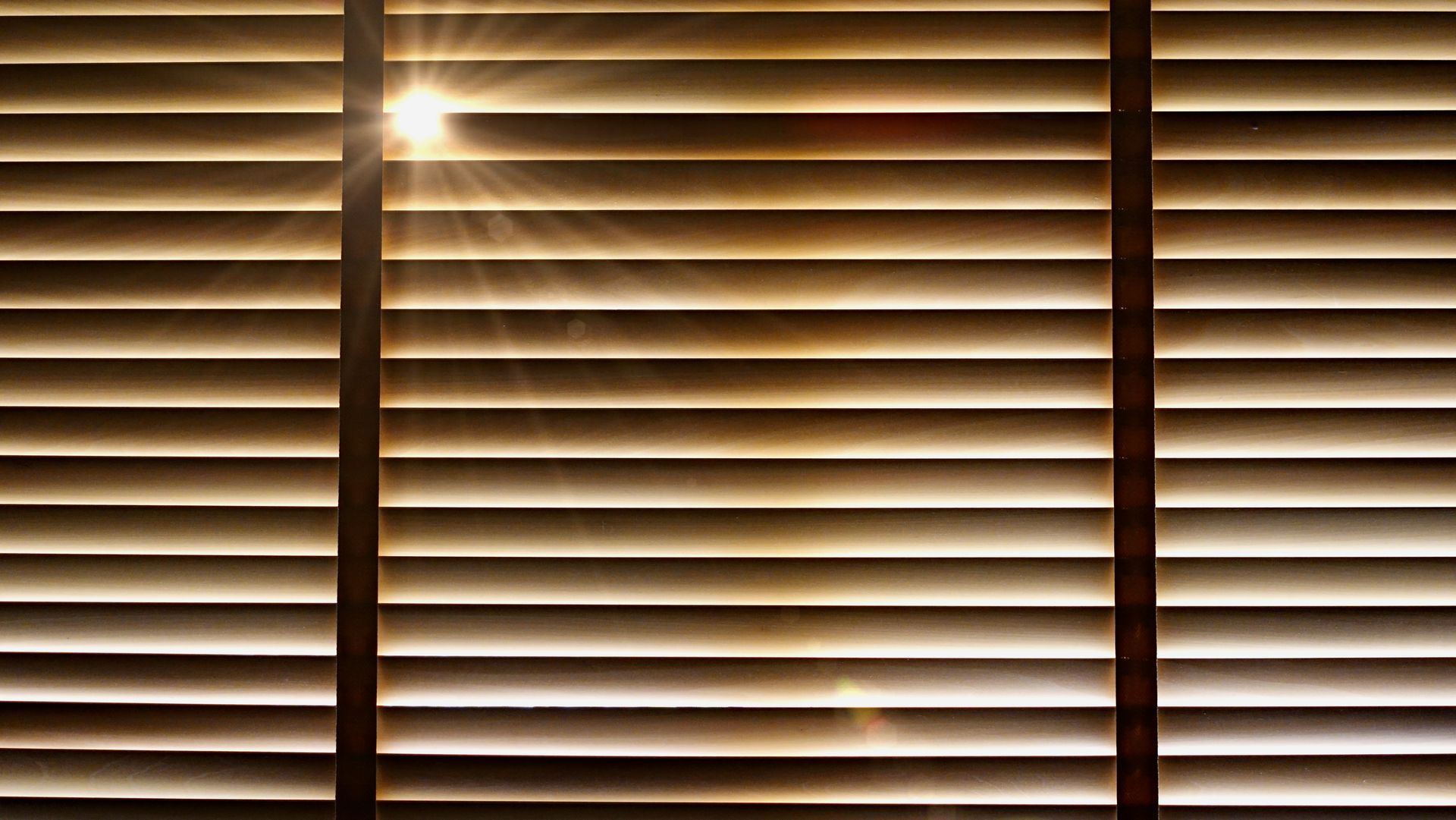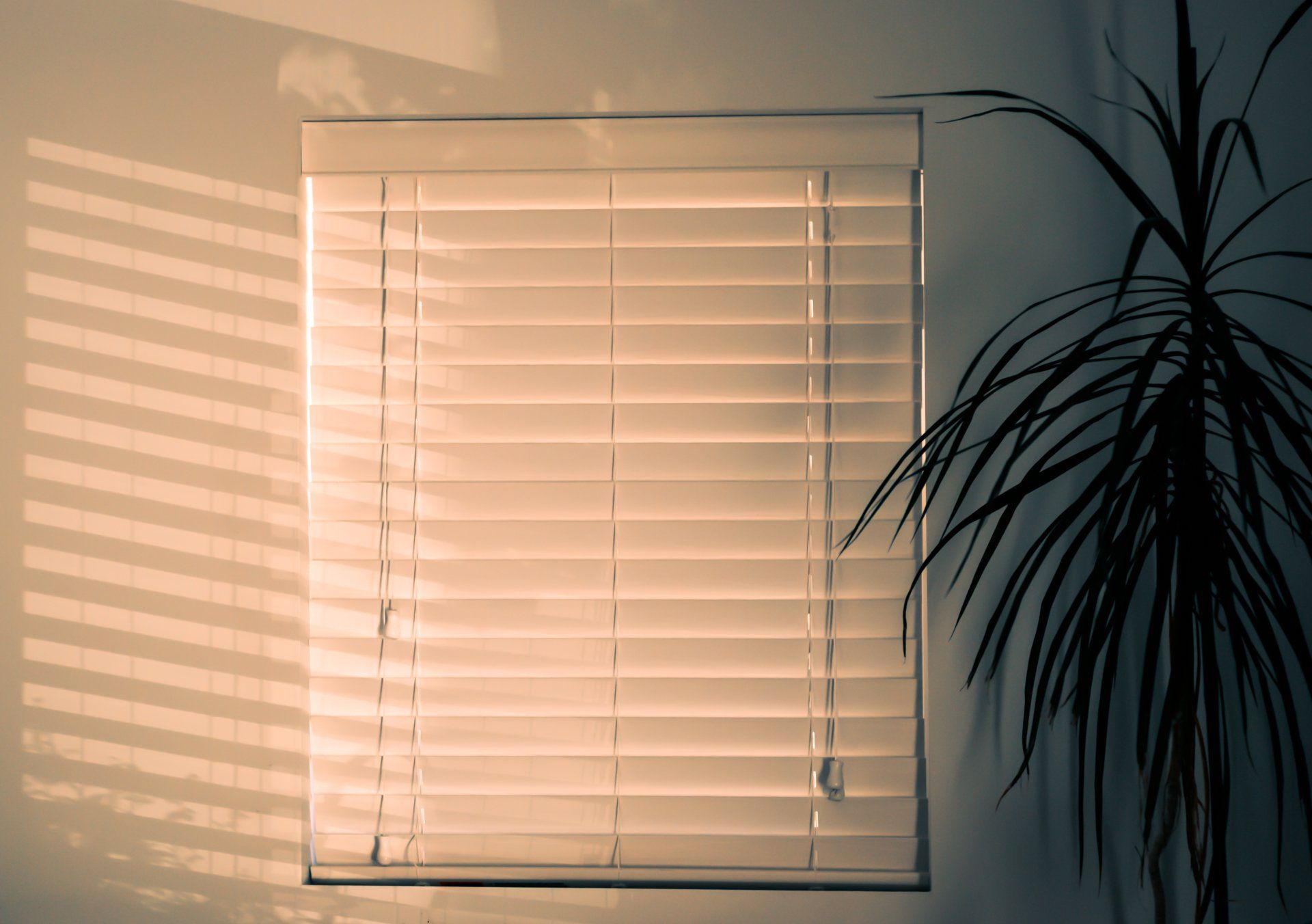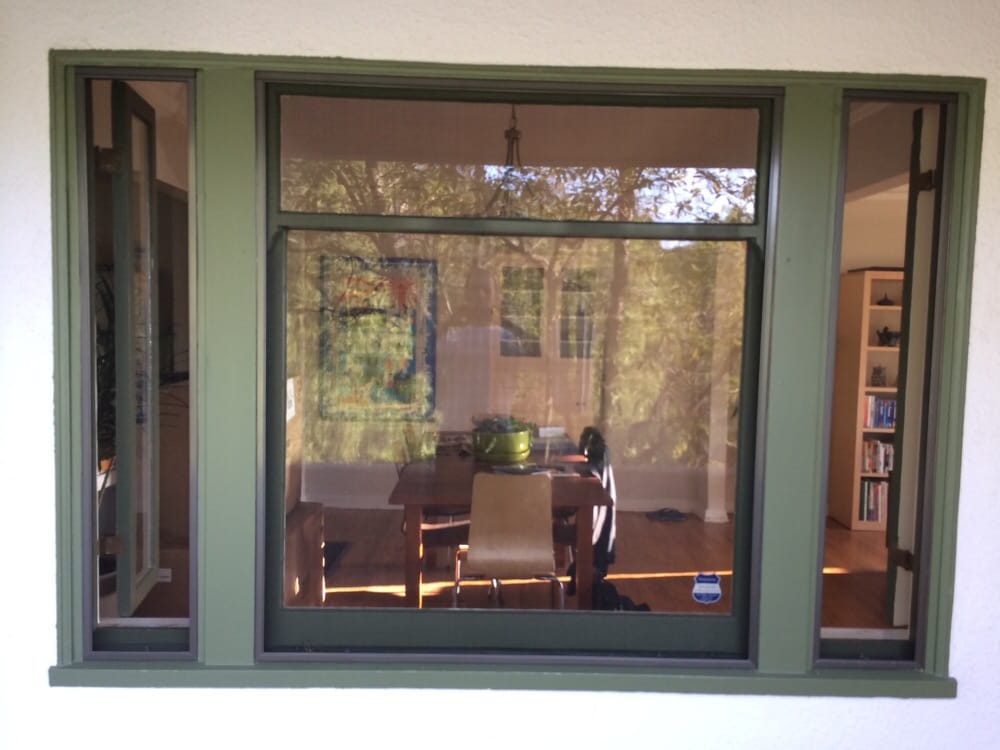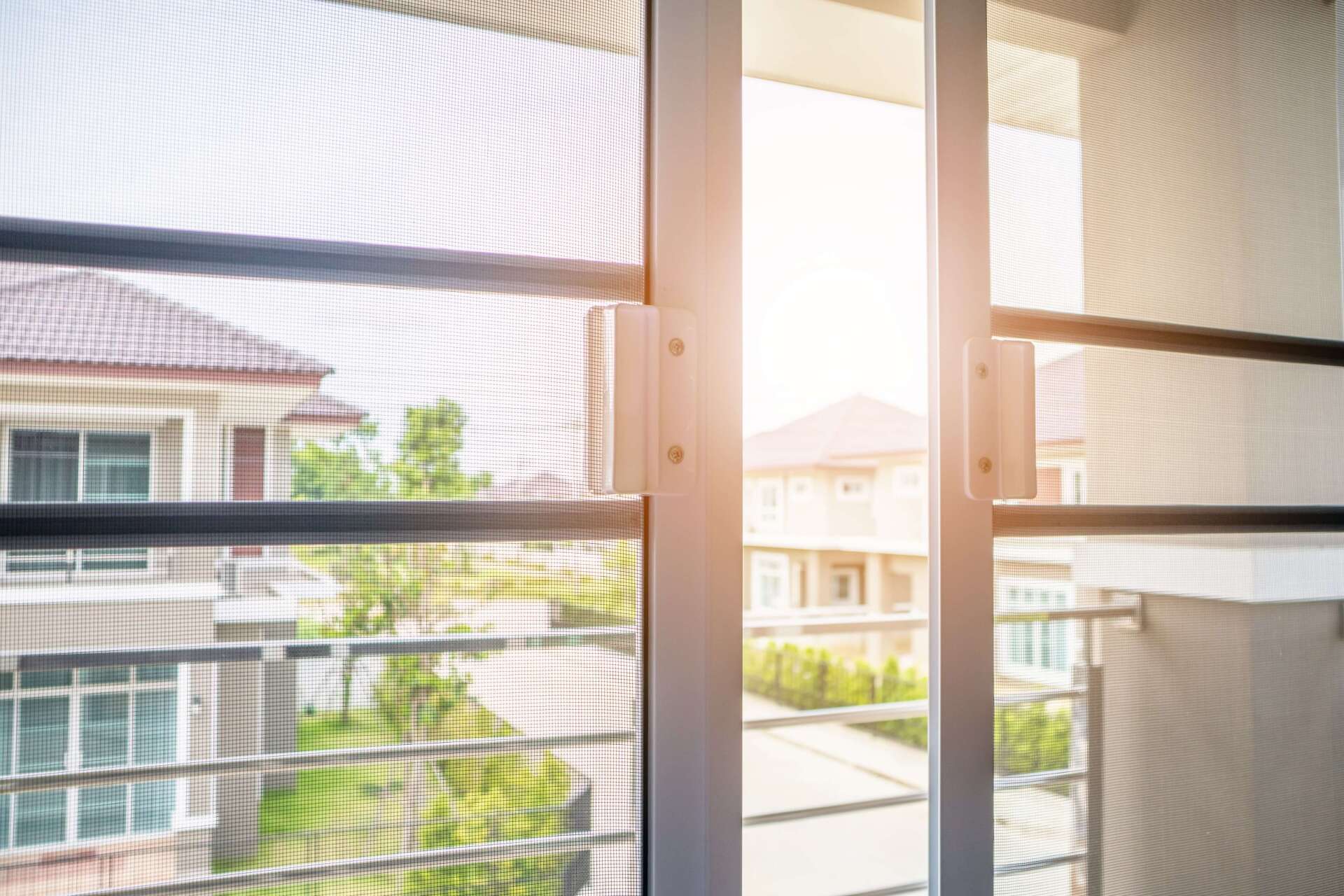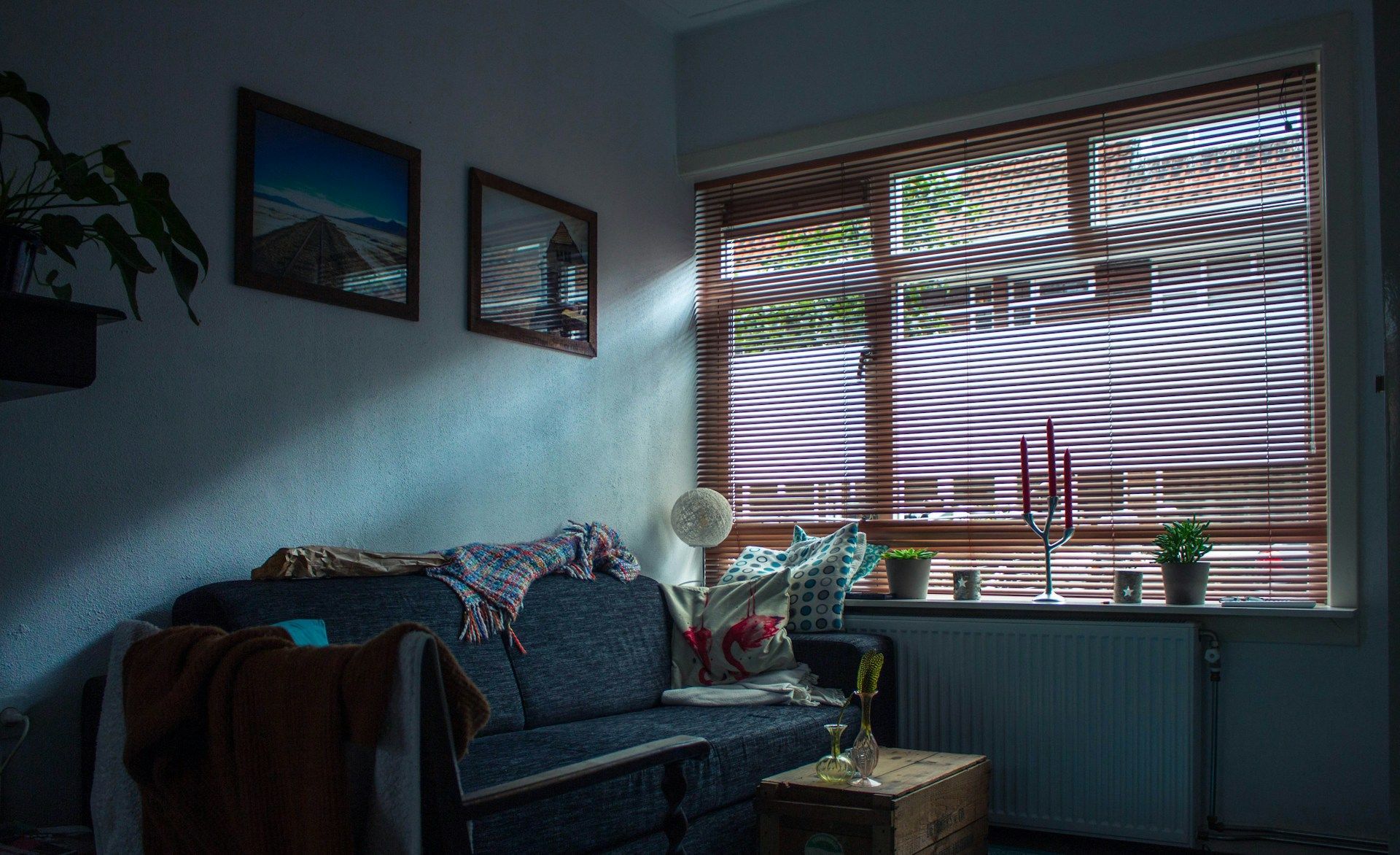Screen Door With Pet Door: The Perfect Blend of Convenience & Freedom

If you're a pet owner, you know how important it is to provide your furry friend with the freedom to move in and out of the house as they please. At the same time, you don't want to compromise on keeping your home well-ventilated and free from bugs. The perfect solution to this dilemma is to install a screen door with pet door. This innovative combination offers convenience and freedom for both you and your pet. In this comprehensive guide, we'll explore everything you need to know about screen doors with pet doors, from their benefits to installation and much more.
Screen Door With Pet Door: The Ultimate Solution
A screen door with a pet door is a dual-function door that combines a standard screen door with a built-in pet door. This unique design allows your pet to enter and exit the house independently without compromising the benefits of having a screen door. It is an excellent addition to any home, providing convenience, comfort, and a sense of freedom for your furry companion.
Advantages of Having a Screen Doors With Pet Doors
Screen doors with pet doors offer a wide range of advantages that make it a valuable addition to any pet owner's home:
Convenience for Your Pet: Your pet can come and go as they please, which is especially beneficial if you have a busy schedule or if your pet enjoys spending time outdoors.- Improved Ventilation: Enjoy fresh air flowing through your home without worrying about bugs or pests entering, as the screen door keeps them out.
- Energy Efficiency: Screen doors with pet doors help maintain the indoor temperature by reducing the need for opening and closing the main door frequently.
- Less Pet Scratches: With a designated pet door, your pet won't scratch or damage the main door when they want to go outside.
- Easy Training: Pets quickly learn how to use the pet door, making it a seamless experience for both you and your furry friend.
- Enhanced Security: Many screen doors with pet doors come with locking features, providing added security when needed.
- Versatility: These doors are available in various sizes, designs, and materials to suit your home's aesthetics and your pet's size.
- Improved Bonding: Your pet will feel a stronger bond with you, knowing they can explore the outdoors while still being close to you indoors.
- Pet Independence: Pets with access to a pet door tend to have lower levels of anxiety and stress.
Choosing the Right Screen Door With Pet Door
Before investing in a screen door with a pet door, consider the following factors:
- Size of Your Pet: Measure your pet's height and width to ensure you select a pet door that comfortably accommodates their size.
- Type of Installation: Determine if you need a door-mounted or wall-mounted pet door based on your home's layout and your preferences.
- Screen Door Material: Opt for a screen door made from durable materials such as aluminum or vinyl, ensuring it can withstand your pet's use.
- Weatherproofing: Look for a pet door with weather seals to prevent drafts and keep your home insulated.
- Locking Mechanism: Consider a pet door with a secure locking mechanism to control your pet's access when needed.
- Ease of Installation: If you're a DIY enthusiast, choose a pet door that comes with easy-to-follow installation instructions.
- Brand Reputation: Research reputable brands that offer high-quality screen doors with pet doors.
- Customer Reviews: Check online reviews to gain insights into the experiences of other pet owners with specific products.
Installation Process of a Screen Door With Pet Door

The installation process of a screen door with a pet door may vary depending on the type of door and pet door you choose. Generally, the steps involved are as follows:
1. Gather Necessary Tools
Collect all the tools required for the installation, including a measuring tape, screwdriver, jigsaw, and drill.
2. Measure and Mark
Measure your pet's height and width, and then mark the appropriate location on the screen door for the pet door.
3. Cut the Opening
Using the appropriate tools, carefully cut the designated area on the screen door to create the pet door opening.
4. Install the Pet Door Frame
Follow the manufacturer's instructions to secure the pet door frame into the opening.
5. Attach the Flap
Once the frame is in place, attach the pet door flap securely.
Install the Screen Door: If you have a separate screen door, follow the instructions to install it properly.
6. Test the Pet Door
Allow your pet to get accustomed to the new door by gently guiding them through it a few times.
About Screen Master Door & Window
At Screen Master Door & Window we are dedicated to providing top-of-the-line screen door solutions that cater to both you and your beloved pets. With years of experience and expertise, we understand the importance of blending convenience and freedom for your furry companions with the comforts of your home. Our screen doors with pet doors are carefully crafted using durable materials to ensure the safety and satisfaction of your pets.
If you're in the
Los Angeles area and interested in getting a pet screen door installed, look no further than Screen Master Door & Window. Our
skilled team of professionals will assist you in selecting the perfect screen door with a pet door to suit your needs. We take pride in providing seamless installation services, ensuring that your pet can enjoy the freedom they deserve while you enjoy the benefits of a well-ventilated and bug-free home.
Looking For a Screen Door With Pet Door?
A screen door with pet door is a practical and thoughtful addition to any home with pets. It offers numerous benefits, from convenience and ventilation to energy efficiency and enhanced bonding with your furry companion. Remember to choose the right size and material, and follow the installation instructions for a seamless experience. With Screen Master Door & Window, you can make this dream a reality for your pet and your family.
Contact us today for a consultation and transform your home into a pet-friendly oasis! Provide your pet with the freedom they deserve while maintaining the comfort and aesthetics of your home.
Need Help?
Frequently Asked Questions
-
How does a pet screen door work?
A pet screen door works by incorporating a smaller door within a standard screen door that is specifically designed for pets. It allows your pet to come and go freely while keeping bugs and pests out.
-
Can I install a screen door with a pet door in any type of door?
Yes, most screen doors with pet doors are designed to fit into standard door frames. However, it's essential to check the dimensions and specifications of the product before making a purchase.
-
Are screen doors with pet doors suitable for all pets?
Screen doors with pet doors are primarily designed for dogs and cats, but they can be suitable for other small animals as well. Consider your pet's size and behavior to determine if this type of door is right for them.
-
Can I use a screen door with a pet door if I live in an apartment?
Yes, you can use a screen door with a pet door in an apartment, provided your landlord or property management allows it. Some doors are designed to be removable, making them ideal for temporary living spaces.
